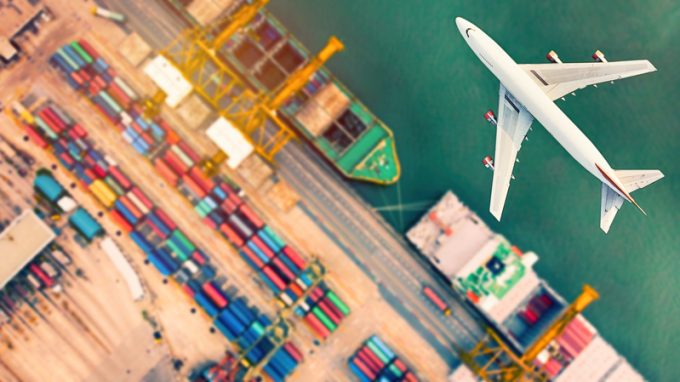Airlines rethink strategy as ecommerce to US begins decline
Shippers and forwarders are waiting to see how airlines manage their capacity before locking into ...

Sea-air providers are gearing up for a sudden rush in demand from shippers concerned at delays caused by vessels avoiding the Suez Canal, with fashion brands most likely to take up the offer.
While the airfreight and air charter market has not yet seen any pick-up in demand from the situation, sea-air routes via Dubai are expected to see an increase.
“We took our first booking on our combined liner sea-air service on Monday, on behalf of a forwarder working with a ...
Volcanic disruption at Anchorage could hit transpacific airfreight operations
Macron calls for ‘suspension’ – CMA CGM's $20bn US investment in doubt
De minimis exemption on shipments from China to the US will end in May
Forwarders stay cool as US 'liberation day' tariffs threaten 'global trade war'
Mixed response in US to 'Liberation Day', while China leads wave of retaliation
Tariffs and de minimis set air freight rates on a volatile course

Comment on this article